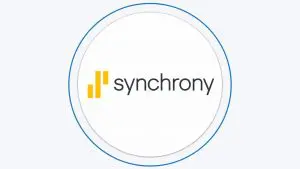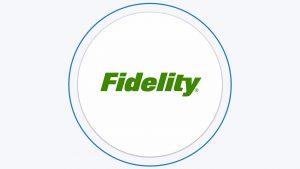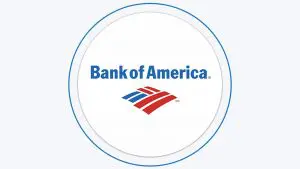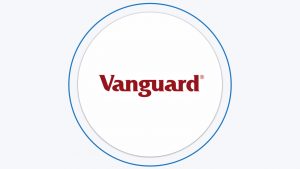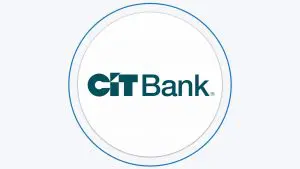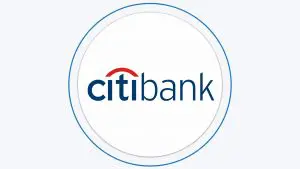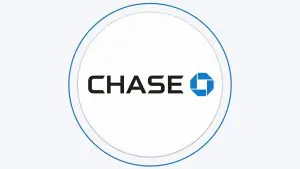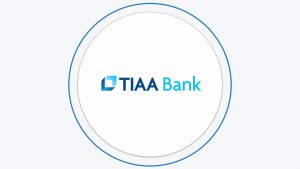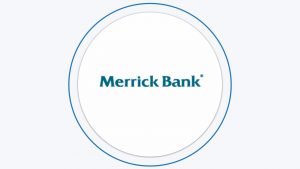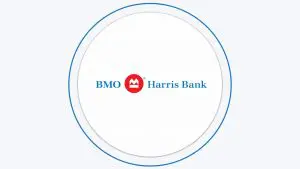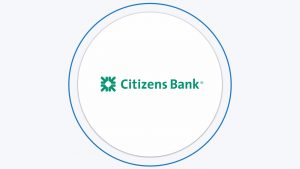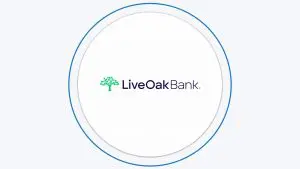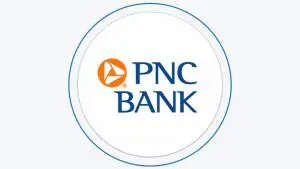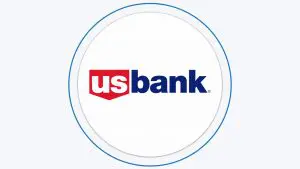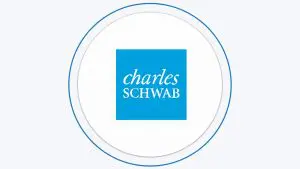Compare 6-Month vs. 1-Year CD Rates
The principle guiding certificates of deposit (CDs) is that investors should expect higher yields for longer-term commitments, but with less flexibility. As a result, 1-year CDs usually offer higher interest rates compared to 6-month CDs, given the longer commitment required.
This difference in rates is most noticeable at financial institutions like Capital One, Discover, TIAA, PenFed credit union, and Chase Bank.
Financial Institution | 6-Month APY | 1-Year APY | Min Deposit |
|---|---|---|---|
3.70% | 4.00% | $0 | |
4.20% | 4.00% | $0 | |
4.20%
| 4.00% | $0 | |
2.90% | 3.40% | $1,000 | |
N/A | 2.50% – 2.60% | $5,000 | |
4.30%
| 4.10%
| $2,500 | |
4.00%
| 5.00%
| $1,000
| |
4.15% | 4.05% | $1,000 | |
4.20% | 4.20%
| $1,000
| |
4.30% | 4.45% – 4.20% | $1,000 | |
4.00% | 4.20% | $2,500 | |
3.90% | 3.75% | $2,500 | |
4.00% | 3.90% | $0 | |
4.40% | 4.20%
| $500 | |
4.35% | 4.20% | $25,000 | |
2.25% | 3.25% | $500 | |
0.03% | 2.75% (13 months) | $1,000 | |
1.01% | 2.00% | $1,000 | |
N/A | 3.25% | $0 | |
4.45% | 4.40%
| $1,000 | |
0.65%
| N/A (11 months) | $250 | |
2.00% | 2.00% | $50 | |
4.50% | 4.40%
| $1,000
|
However, there are other institutions, such as Merrick Bank, Marcus, Bethpage credit union, and Synchrony bank, where the difference between the interest rates for 1-year and 6-month CDs is not significant.
The good point is that $1,000 will probably meet the minimum deposit threshold for most financial institutions.
Top Offers From Our Partners
Compare 6-Month vs. 1-Year Early Withdrawal Fees
In the event of an early withdrawal from a CD, a bank or financial institution may impose an early withdrawal fee as a penalty.
Although 6-month and 1-year CDs are typically considered short-term investments, it's crucial to review the early withdrawal fees to avoid any unforeseen costs.
* Make sure to adjust APY, terms and deposit
Generally, the early withdrawal penalty is consistent across most banks and credit unions.
However, certain financial institutions may have variations in their early withdrawal fees, such as Discover (3 vs. 6 months of interest), Marcus, and Bank of America (90 vs. 180 days of interest).
Financial Institution | 6-Month CD | 1-Year CD |
|---|---|---|
90 days of interest
| 90 days of interest
| |
3 months interest
| 3 months interest
| |
3 months interest
| 6 months interest
| |
90 days of dividends | 365 days / 30% of dividends (The lower) | |
N/A | 90 days of dividends | |
90 days of interest | 90 days of interest | |
25% of total interest earned | 25% of total interest earned | |
Fees, based on the amount | Fees, based on the amount | |
Fees, based on the amount | Fees, based on the amount
| |
Fees, based on the amount | Fees, based on the amount | |
90 days of interest | 90 days of interest | |
100% of interest earned | 100% of interest earned | |
60 days of interest
| 60 days of interest
| |
90 days interest
| 180 days interest
| |
90 days of interest
| 180 days of interest
| |
90 days of interest | 90 days of interest | |
90 days of interest
| 180 days of interest
| |
180 days of interest
| 180 days of interest
| |
N/A | 270 days interest
| |
90 days of interest | 90 days of interest
| |
60 days of interest
| 60 days of interest
| |
90 days of dividends
| 90 days of dividends
|
Should I Consider a 6-Month or 1-Year CD?
Deciding between a 6-month CD or 1-year CD depends on your financial situation and investment goals. Here are some reasons why a 1-year CD may be the right choice:
If you anticipate interest rates will decrease and you want to secure your money in a higher interest rate, a 1-year CD may be the best choice as we can see in the table above. This can lead to higher earnings over the long-term, which can help grow your savings.
However, if interest rates increase during your CD term, you may miss out on earning higher interest rates. By choosing a 6-month CD, you have the flexibility to reinvest your funds in a higher-rate CD when the term ends.
In conclusion, choosing between a 1-year CD and a 6-month CD depends on your priorities, financial goals, and needs. It's essential to consider each option's advantages and disadvantages before deciding.
FAQs
What is the penalty for early withdrawal on a 6-month CD?
The penalty for early withdrawal on a 6-month CD varies between banks, but it is typically equivalent to 90 to 180 days' worth of interest.
Can I add more money to my CD account after it is opened?
No, once a CD account is opened, you cannot add more funds to it.
Is the interest rate fixed or variable on a CD?
The interest rate on a CD is fixed, meaning it stays the same throughout the term of the CD.
Can I renew my 1-year CD automatically?
Yes, some banks offer automatic renewal of CD accounts, but interest rates may be different.
How does the interest rate on a CD compare to other investment options?
On the surfacem, the interest rate on a CD is generally lower than other investment options that offer higher risk and potentially higher returns. However, it doesn't set in stone and depends on on the year – for example in 2022, the S&P lost about 22%.


